We've all been in our fair share of terrible meetings. The meetings where we nod off, people are distracted or confused, maybe we are left wondering why we are even in the meeting, or what the point was to begin with.
As leaders, too often our meetings aren't as good as they can be because we haven't done enough of the work on the front end to think about how to make them useful and effective.
Yet meetings are a primary way we communicate and get work done -- in person, virtually, or in a hybrid workplace. In a world of hybrid work, and during the moments of change many companies are going through right now, how we run these meetings has taken on increased importance.
I have done a lot of education with teams and leaders on how to run effective meetings, especially after the start of the pandemic, and I want to share some updated learnings with you.
These tips apply to a range of meeting types, everything from 1:1 meetings with your manager to company all hands meetings.
First: 50 percent of the work of a meeting is done before the meeting itself.
Here are a few communication tips for organizing a successful meeting before it begins:
Select the right audience. Who needs to be in the meeting? And who doesn't? Who is running the meeting? Who is a decision-maker in the meeting? Is someone taking notes? Be clear on everybody's purpose for being there.
I like sorting the contents of meetings into two categories: nice to know and need to know. Make sure you are clear on what needs to be discussed in the meeting, and what you might be able to leave for another time or place.
Select the right timing. Is this a regular update meeting or a one-time discussion? Is this the right time to have the meeting?
Clarify the purpose. What’s the one reason for the meeting? Is it to check in and share regular updates? Is it to make a decision? Is it to help participants come away with information, a feeling, or an action plan?
Determine and set the agenda. What do you need to discuss to drive to the outcome? Keep this list to three or fewer items.
Share in advance the agenda so everyone is on the same page. I like an agenda that is consistent over time for regular meetings and that leads to clear takeaways and action steps at the end. Sometimes what you share in advance can be a short, written document you want people to read and have a chance to reflect on before the meeting itself.
Good agendas include the following:
A clear statement of purpose for the meeting.
A review of (or introductions for) meeting attendees.
A review of takeaways from previous meetings.
Discussion. Limit the discussion to two or three substantive issues. If you have more than two or three, it limits the ability to focus in on specific issues, and risks that you don't leave adequate time for the thorniest or most complex issues. Consider breaking the meeting into multiple sessions to devote adequate time to each topic.
A review of decision points and next steps.
An opportunity for feedback or related issues to be raised.
Second: The other 50 percent of the work of a meeting is the actual meeting.
During the meeting:
Follow the agenda. Review the entire agenda at the beginning so everyone knows where the meeting is headed, to help keep people on track and on time.
Allow for sufficient discussion, including being aware of people on video conference or on the phone and giving space for those who are quieter or who might not speak up to be heard. This might include adding time for checking in with people on your team to build connection and camaraderie.
Review next steps and action plans, including owners of action steps. This should take place during the last five minutes of the meeting.
Allow an opportunity to ask questions and raise other issues that haven’t yet been raised. I like the phrases “What am I missing?” or “Where am I wrong on this?” because they actively invite feedback and an opportunity for people to share what’s on their minds.
Afterward, send out a follow-up summary of the meeting. When it’s in writing, it’s a lot easier for everyone to understand what happened and what next steps should be. Aim for being concise, using bullet points to summarize main points, and include a statement of when the next meeting is and what needs to happen before then.
And third: don't just have meetings to have meetings. Gathering with a purpose makes a lot of sense. Wasting people's time undermines your credibility with them and increases the chance they'll tune out at work. Be purposeful and intentional about your desired outcome for the meeting.
___
2022 COMMUNICATIONS AND LEADERSHIP OPPORTUNITIES
INTERNAL COMMS DURING TIMES OF CHANGE: I'm working with more and more companies that are working through downsizing, reorganizations, or other kinds of big changes. If you need consulting and executive coaching support, please don't hesitate to reach out. I am happy to help or to connect you with someone in my network who can.
COMMUNICATIONS FOR LEADERS WORKSHOPS: I'm continuing to offer leadership coaching and two interactive workshops tailored for teams around Leadership Communication at Scale and Having and Managing Hard Conversations. These are a few hours long and can be done virtually or in-person.

